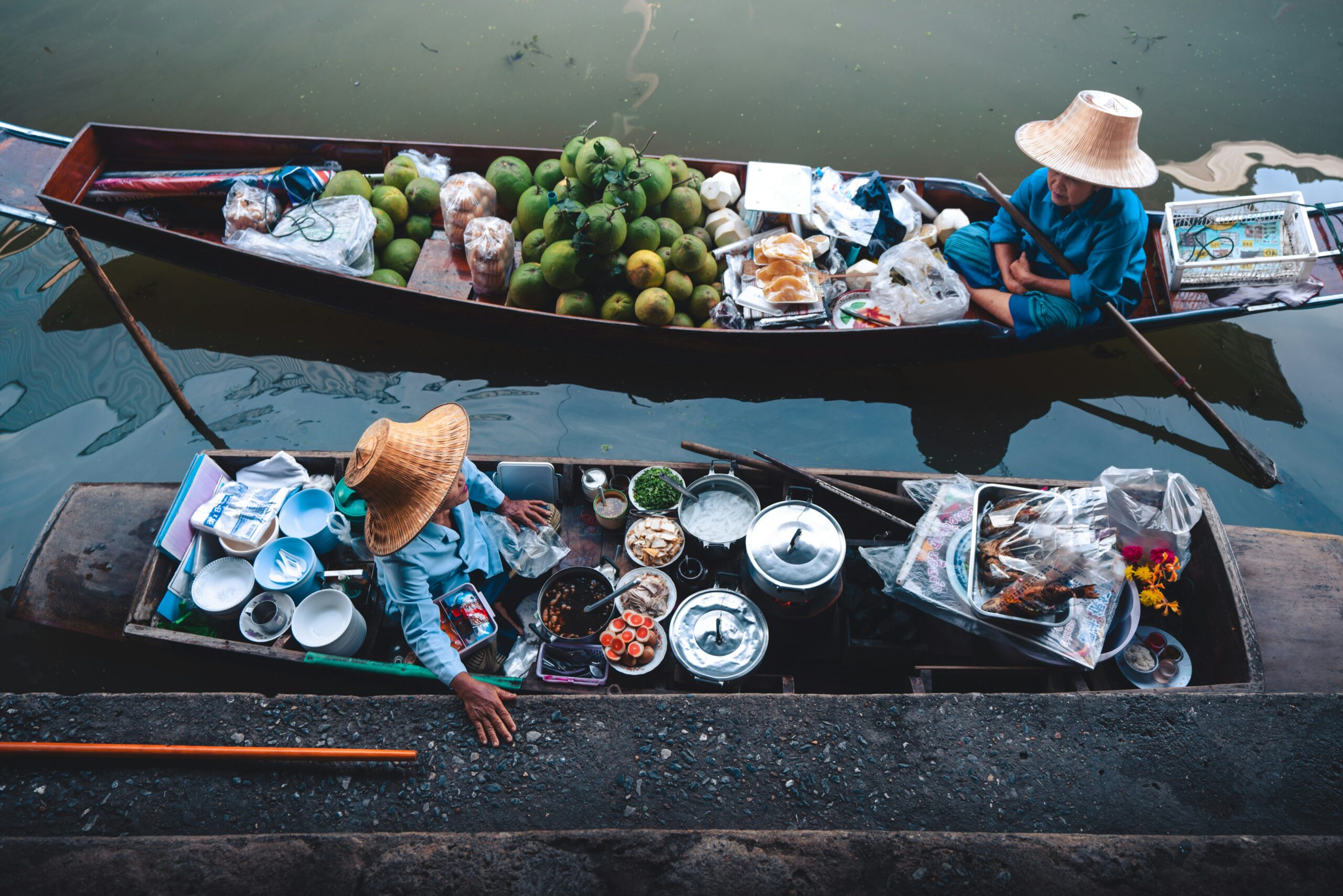
Food is more than just nourishment—it is a living archive of history, identity, and belonging. Every bite can tell a story, from the hands that prepared it to the traditions that shaped it. Across the globe, recipes are not only instructions for making a dish but are also cultural roadmaps that carry the values, struggles, and triumphs of a community. Whether it’s the smoky aroma of barbecued ribs in the American South, the delicate folding of dumplings in a Chinese kitchen, or the careful brewing of coffee in an Ethiopian ceremony, these acts of preparation are cultural touchstones that connect people to their roots.
In many families, recipes are passed down like heirlooms. The original handwriting on a faded recipe card, a cast-iron skillet seasoned through decades of use, or even a specific stirring technique passed from parent to child. These tangible and intangible elements preserve heritage. Through these traditions, individuals remain tethered to their ancestry, even as the world around them changes.
The Dining Table as a Meeting Ground
Family meals are more than just a time to eat; they are rituals that bind people together. In busy modern lives, gathering at the dining table offers a rare moment to pause, share stories, and reconnect. Across cultures, the act of eating together strengthens social bonds, allowing elders to impart wisdom while younger generations share their own experiences.
These shared moments often go beyond the food itself. The laughter, debates, and quiet conversations create a tapestry of shared memories. Over time, the table becomes a symbolic meeting ground where the past meets the present, and where family and cultural identity are reaffirmed again and again.
Food as a Language Without Words
Culinary traditions serve as a form of communication that transcends language barriers. Immigrant families often find that while words may be lost in translation, the language of food remains universally understood. Serving a familiar dish to someone from the same homeland can evoke a sense of comfort and belonging, even in unfamiliar surroundings.
In multicultural settings, sharing food is also an act of cultural exchange. Potluck dinners, community festivals, and even informal workplace lunches allow individuals to share a piece of their heritage while learning about others. These interactions foster empathy and understanding, showing that food can be a bridge where differences fade and commonalities come to light.
The Evolution of Tradition
While recipes are treasured, they are not static. As generations adapt to new environments, ingredients may change, cooking methods may evolve, and flavors may be fused with those from other cultures. This evolution keeps traditions alive, ensuring they remain relevant while still honoring their origins.
For example, an Italian-American family might replace imported mozzarella with locally made cheese, or a Japanese chef might integrate locally grown vegetables into traditional dishes. These adaptations create new stories while preserving the essence of the original recipe, allowing traditions to breathe and grow with each generation.
The Emotional Power of Flavor and Aroma
Few things can trigger memories as vividly as taste and smell. The scent of fresh bread may recall a grandmother’s kitchen, while the flavor of a specific spice blend can transport someone back to a childhood celebration. These sensory connections are powerful emotional anchors that can evoke feelings of love, nostalgia, and even healing.
In moments of loss or transition, recreating a familiar meal can provide comfort and stability. It is not unusual for people to seek solace in the dishes they grew up with, as these flavors can momentarily restore a sense of home and continuity.
Preserving Culinary Heritage for the Future
In today’s digital age, preserving culinary traditions has taken on new forms. Social media platforms, food blogs, and video tutorials allow recipes to be recorded and shared globally, ensuring they are not lost to time. Younger generations can now learn a family dish not just in the kitchen, but also by watching a recorded cooking session from a grandparent thousands of miles away.
However, preservation is not just about recording recipes—it’s also about passing on the cultural context, the stories, and the rituals that make a dish meaningful. When future generations understand not only how to cook but also why a recipe matters, the tradition truly lives on.